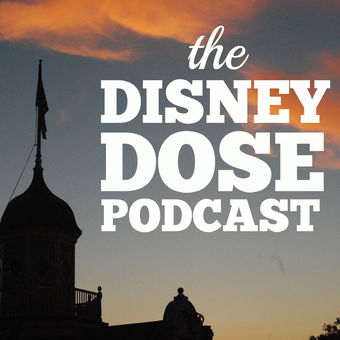
The Disney Dose Podcast: Disneyland | Walt Disney Imagineering | Walt Disney World | Club 33 | Similar to MiceChat.com and M
The Disney Dose Podcast: Disneyland | Walt Disney Imagineering | Walt Disney World | Club 33 | Similar to MiceChat.com and Mousetalgia
Gavin Doyle from the Disney Dose blog takes you along as he discovers Disneyland secrets and interviews the Walt Disney Imagineers, Artists, and Disney Legends who help to create the Disney magic around the world at the happiest places on earth. Discover Disneyland secrets in our weekly segment featuring little known details hidden throughout the Disneyland Resort. Through our Disneyland travel tips you will be educated on the best ways to save money and time while visiting the parks. Using FastPass, discovering Disneyland secrets, enjoying a Dole Whip, chatting with the official voices of Disneyland (and the announcers of the Disney Dose podcast): Bill Rogers and Camille Dixon, taking you into Disneyland with me, visting the Walt Disney Family Museum, and diving into our Disney Dose feature presentation are just some of the components of our magical Disney Dose Podcast. So--Ladies and gentlemen, boys and girls, welcome to this edition of the Disney Dose Podcast.
- More Episodes? Get the App
- http://disneydose.com
- English
Your feedback is valuable to us. Should you encounter any bugs, glitches, lack of functionality or other problems, please email us on [email protected] or join Moon.FM Telegram Group where you can talk directly to the dev team who are happy to answer any queries.